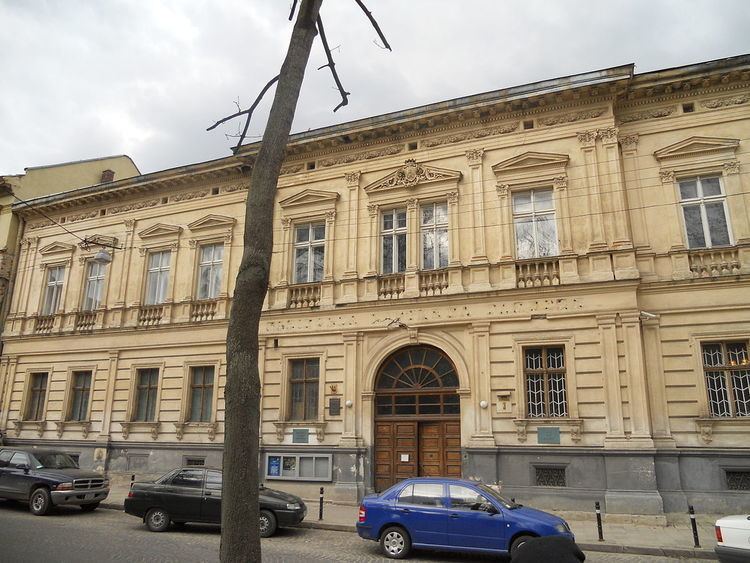 | ||
Address Stefanyka Street, 3, L'viv, Lviv Oblast, Ukraine, 79000 Similar Potocki Palace - Lviv, Olesko Castle, Pidhirtsi Castle, Boim Chapel, Andrey Sheptytsky National | ||
Ukraine lviv national art gallery part 9
Lviv National Art Gallery (previously - Lwów Art Gallery, Polish: Lwowska Galeria Sztuki), a leading art museum in Ukraine, has over 60,000 artworks in its collection, including works of Polish, Italian, French, German, Dutch and Flemish, Spanish, Austrian and other European artists. The gallery is based on a Polish institution, Lwowska Galeria Sztuki, which was founded in 1907 as a municipal museum, following the purchase of the collection of Jan Jakowicz by the city magistrate. Later on, the gallery expanded as the parts of the Władysław Łożyński (1914) and Bolesław Orzechowicz (1929) collections were incorporated. In early 2005 the collection of European art from the 14th to the 18th centuries was transferred to the new premises - the renovated palace-residence of Count Potocki, the former governor of Austrian Galicia. A masterpiece of Georges de La Tour, the 17th-century French artist is presented here on permanent display.
Contents
In 1940, after the city of Lviv/Lwów had been occupied by the Soviet Union, Soviet government ordered nationalization of private property. As a result, works from the Lubomirski family museum, the Baworowscy Library, and some other private collections came into the possession of the gallery. All these works had until the 1939 Invasion of Poland belonged either to the Polish state, or to Polish private collectors, as well as Roman - Catholic church.
Timeline
Dutch and Flemish Art Collection
There are over 150 paintings representing Netherlandish, Flemish and Dutch art in the gallery’s collections. The jewels of the collection are two still lifes by Jan van Kessel. Next to it, the visitor can admire a Still life with flowers by Abraham Brueghel, one of the grandsons of Jan Brueghel I. Also on display are paintings by representatives of Brueghel School, for example, a painting by Joseph van Bredael who worked in the style of his famed predecessor at the beginning of 18th century. Pieter Neefs I, who often worked together with Frans Franken II, a master of small figure compositions, represents the church interior genre. Further on view is a pair of portraits by Gerrit van Honthorst – Man with viola da gamba and Woman with a guitar (1631).
The collection of the Lviv Art Gallery includes such works as a Saint Jerome by Lucas Gassel (1539), Portrait of a woman by Pieter Pietersz (1557), a group of paintings Venice, Bellona and Mary Magdalene by Jakob de Backer, and two landscapes by Abraham Cowarts. There are also paintings by representatives of Dutch Golden Age painting, such as The Storm by Pieter van der Croos and the still life A glass of wine and fruits by Jan Jansz van de Velde (1639). The Lviv Art Gallery also possesses two battle scenes by the Flemish artist Pauwels Casteels, whose works are rare in museums collections.
